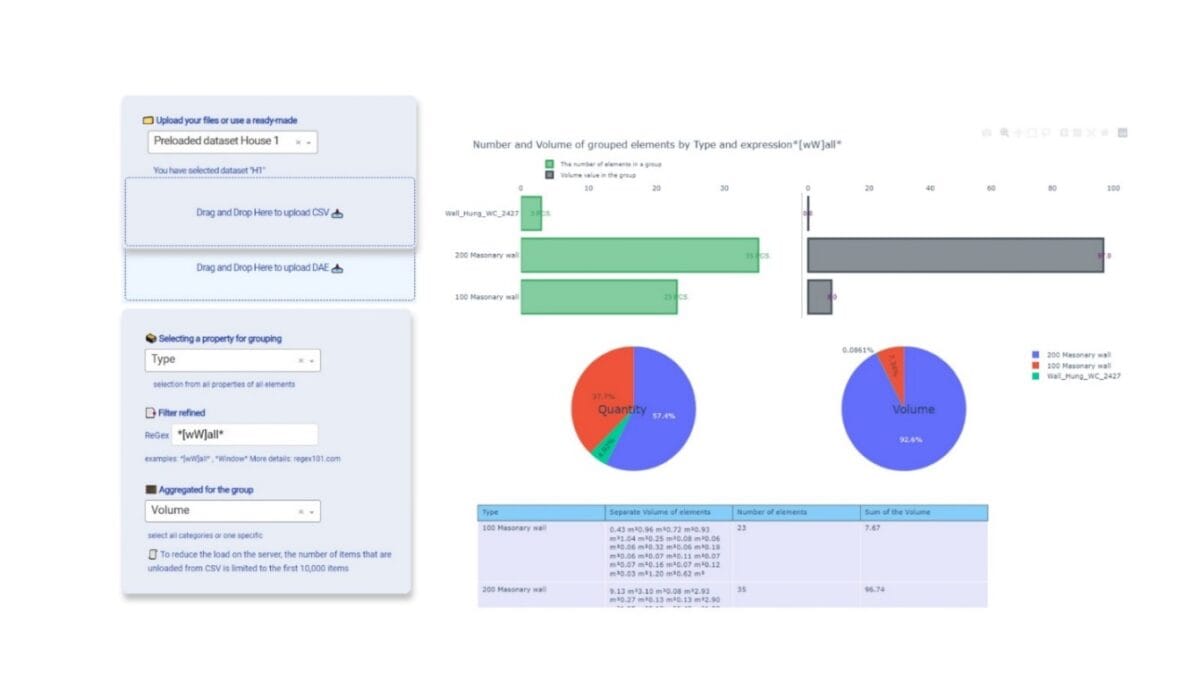In today's construction industry, managing key performance indicators (KPIs) and visualizing them through reports and dashboards (dashboards) play a crucial role in improving productivity and project management efficiency.
KPIs in construction serve to evaluate various aspects of a project, from lead times to budget costs.
To calculate a KPI, a formula is usually used that includes actual and planned indicators. For example, to calculate an individual KPI for an employee or an entire department, the actual performance should be divided by the planned performance and the result multiplied by 100%.

Key performance indicators (KPIs) are metrics used to assess the success of an organisation, employee, or other entity in achieving key objectives
Regular measurement of KPIs indicators, based on data collected from various sources such as material consumption, labor hours and costs, allows project management to effectively manage resources and make quick decisions. Storing this data in the long term allows for analyzing future trends and optimizing processes.
A variety of charts and graphs are used to visualize key performance indicators (KPIs), which are usually combined into dashboards for better visualization.
Dashboards are tools that visualize KPIs and quantitative estimates, making them easily accessible and understandable for all project participants.
Dashboards provide a centralized view of a project or part of a project, showing relevant metrics in real time, allowing the team to react quickly to any changes and dynamically adapt to new circumstances.

In today's construction industry, managing KPIs and visualizing them through dashboards is key to improving project productivity and efficiency.
Here are some examples of popular tools in which dashboards can be created:
- Power BI is a tool from Microsoft for creating interactive reports and dashboards.
- Tableau and Google Data Studio are powerful tools for visualizing data and creating dashboards without having to write code.
- Plotly (Figure 4.1-6, Figure 4.2-12) is a library for creating interactive graphs, and Dash is a framework for creating web applications for analyzing data. It is possible to use them in combination to create interactive dashboards.
- Python libraries (Figure 4.2-9 - 4.2-11) - Python has many libraries for data visualization such as Matplotlib, Seaborn, Plotly, Bokeh and others. They can be used to create graphs and integrate them into a web application using frameworks such as Flask or Django.
- JavaScript Libraries: Allow to create interactive dashboards using JavaScript libraries such as D3.js or Chart.js and integrate them into a web application.
In construction, data is frequently updated from a variety of sources, and capturing when it is entered and updated allows for accurate tracking, relevance and project dynamics. This is particularly important for dashboards as they need to display the most up-to-date information to ensure effective project management.
To evaluate KPIs and create dashboards, up-to-date data and a clear timeline for data collection and analysis are needed.
To process project streaming data, it is necessary to define the time of data collection for a specific process or for all business processes of the company as a whole. This can be, for example, the time of the end of the working day at 19:00 (Figure 4.1-7), at which time the first process-script will be launched, which will collect data from different systems and storages. Then in the next step, this data is automatically processed and converted into a structured format. In the next step, based on the processed information, reports and dashboards are automatically created or all those processes that we have already discussed in detail in the previous chapters of the book are executed. As a result, by 05:00 in the morning, managers already have up-to-date project status reports in the required format.

To keep up-to-date, data is automatically collected in the evening and processed overnight so that managers have fresh reports and dashboards by morning.
Effective use of data, KPI relevance and visualization through dashboards are some of the key elements of success in data-driven decision-making processes.
In general, KPIs and dashboards in the construction industry form the basis for an analytical approach to project management. They not only help in tracking and evaluating the current status of projects, but also provide valuable insights for future planning and process optimization.

















